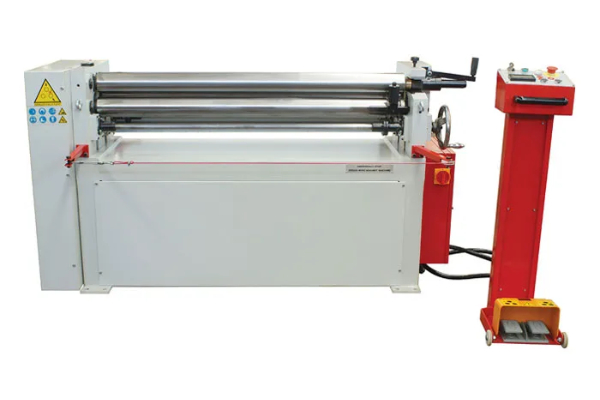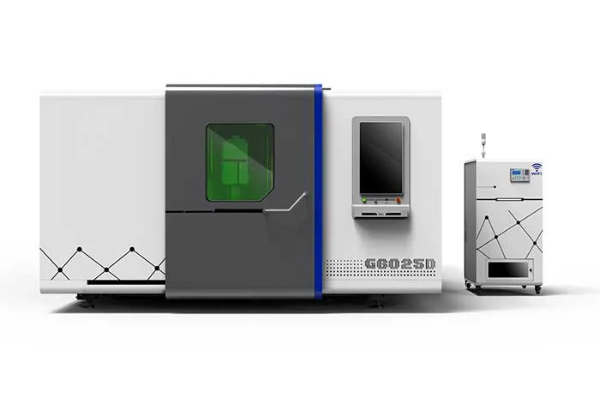
The Role of Sheet Roll Forming Machines in Modern Metalworking
- By:Metmac
- 2024-09-14
- 100
Sheet roll forming machines play a crucial role in modern metalworking processes due to their versatility, precision, and efficiency. They transform flat sheet metal into complex profiles, enabling manufacturers to produce high-quality components for various industries.
Increased Productivity
Sheet roll forming machines offer significant productivity gains compared to traditional methods like stamping or cutting. Their automated operation eliminates manual interventions, reducing production time and minimizing errors. The continuous forming process allows for uninterrupted material flow, maximizing output and minimizing waste.
Enhanced Precision
These machines utilize advanced control systems and tooling to achieve exceptional precision. They can produce intricate profiles with tight tolerances, ensuring a perfect fit for the intended application. This high level of accuracy is critical for applications where dimensional precision is paramount, such as in the automotive, electronics, and aerospace industries.
Reduced Material Waste
Sheet roll forming machines optimize material usage by nesting profiles into the sheet metal, minimizing scrap and maximizing yield. They eliminate the need for extensive cutting and welding operations, reducing material waste and associated costs. This efficient material utilization also contributes to sustainable manufacturing practices.
Improved Material Strength
The roll forming process imparts strength to the metal by introducing curvature and strain hardening. The progressive deformation along the length of the profile enhances its structural rigidity and load-bearing capacity. This increased strength is particularly advantageous for components used in high-stress environments or applications requiring durability.
Design Flexibility
Sheet roll forming machines offer immense design flexibility. They can create a wide range of profiles, from simple bends to complex geometries with varying radii, angles, and cross-sections. This versatility enables manufacturers to design and produce components that meet specific functional requirements without the need for complex tooling.
Integration with Automation
Modern sheet roll forming machines can be seamlessly integrated into automated production lines. They can receive input from CAD/CAM systems, ensuring accurate and consistent production. Automated material handling systems facilitate loading and unloading, further reducing labor requirements and increasing overall efficiency.
Sheet roll forming machines have revolutionized metalworking by providing a fast, precise, and cost-effective way to produce high-quality components. Their versatility, enhanced strength, design flexibility, and integration with automation make them an indispensable tool for manufacturers in various industries. As technology continues to advance, sheet roll forming machines will play an even greater role in shaping the future of metal fabrication.
-
The Advantages of Using a Sheet Roll Forming Machine in Manufacturing
2024/09/14 -
How to Optimize Your Laser Sheet Cutting Machine for Maximum Performance
2024/09/12 -
How to Maximize Efficiency with Modern Sheet Metal Working Machines
2024/09/04 -
The Environmental Benefits of Using Duct Board Grooving Machines
2024/09/03
-
A Guide to the Latest Innovations in Sheet Metal Folding Machines
2024/11/29 -
Key Features to Consider When Investing in a Sheet Metal Folding Machine
2024/11/28 -
Enhancing Precision with Advanced Sheet Metal Folding Machines
2024/11/27 -
How to Choose the Right Sheet Metal Folding Machine for Your Workshop
2024/11/26



